3-6 years
6-12 years
Raising awareness of cultural diversity at school and at home
August 5, 2025
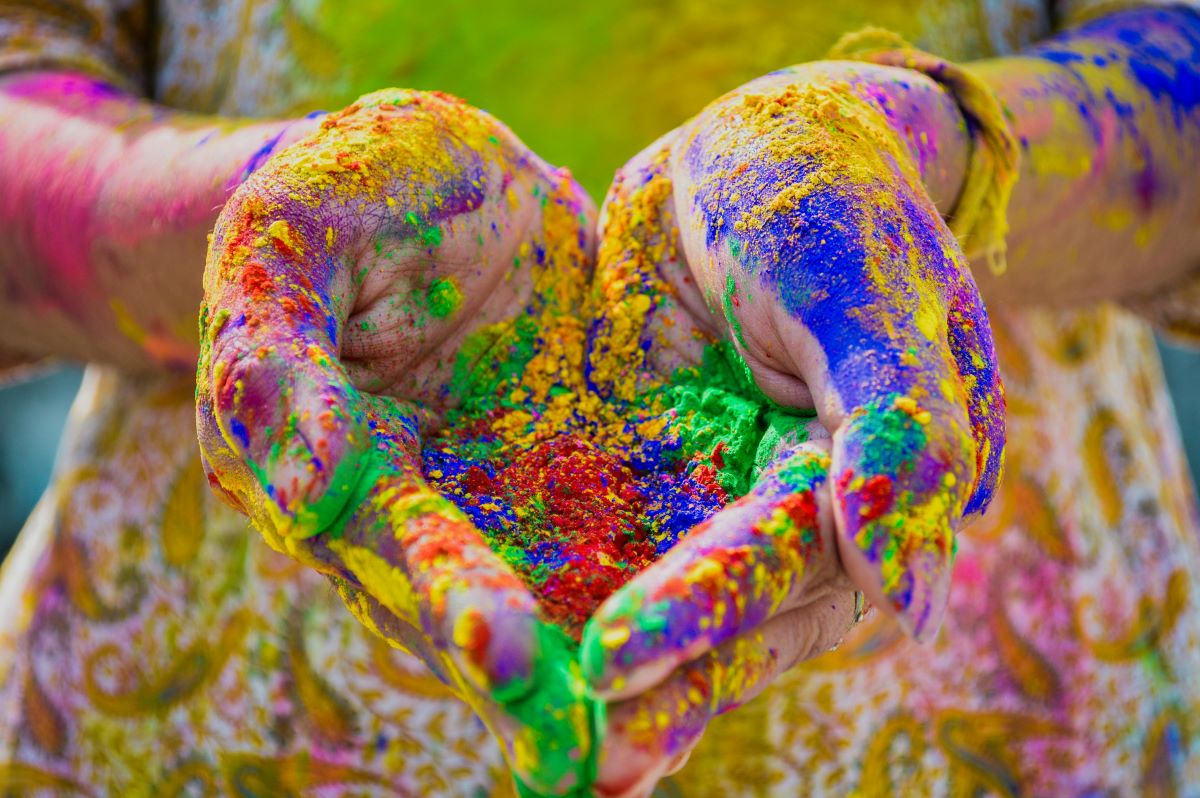
Celebrating the world's festivals to introduce children to cultural diversity
Opening children up to cultural diversity means giving them the keys to understanding the world. The world's festivals, whether celebrated at school or at home, are opportunities to awaken their curiosity, broaden their outlook and cultivate empathy. By discovering other traditions, they learn to see the richness behind differences and to forge bonds beyond borders.
In the schools of the Esclaibes International Schools network, this openness isn't just theoretical: it's lived, and all the more so as our bilingual classes welcome children of different nationalities. Thanksgiving, Diwali, Holi, St. Nicholas, St. Lucia, Christmas... Each celebration becomes a window onto another cultural universe, where children explore new languages, customs and flavors. These are all opportunities to develop their self-esteem and their ability to live together.
Cultural diversity: why the world's festive celebrations count
Understanding differences and their richness
Children are naturally curious from an early age. Introducing them to other traditions helps them understand that the world is not limited to what they know. Celebrating Diwali or Thanksgiving, for example, shows them that there are a thousand ways of getting together, saying thank you or celebrating light.
These experiences enable them to observe and integrate the notion of diversity: what may seem "different" simply becomes another way of doing things, just as legitimate.
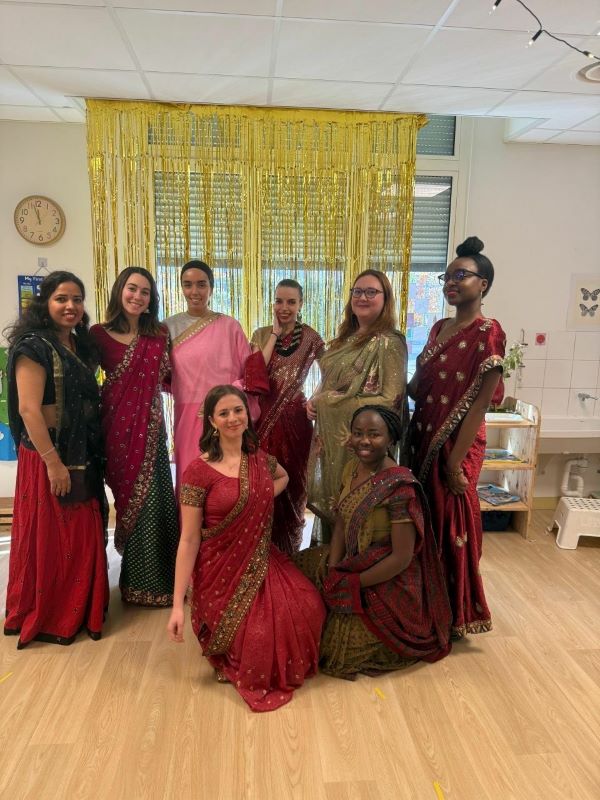
Developing empathy and tolerance
Meeting other cultures also develops empathy. When a child hears a classmate explain the feast of Saint Lucia celebrated in his family, he enters his own world. This mutual understanding fosters a natural tolerance, far more effective than a simple theoretical discourse on respect for others.
Neuroscience confirms that learning through experience and emotion leaves a lasting imprint. Living a party together, sharing a recipe or listening to a story, becomes a real life lesson.
Encouraging curiosity and open-mindedness
Every new discovery raises questions. Why do we eat turkeys at Thanksgiving? What is the significance of Diwali lamps? Why do Swedes wear wreaths of candles on Saint Lucia 's Day?
These questions fuel intellectual curiosity and inspire children to want to learn more and more, just as the great Montessori stories do. These high points in the development process boost children's motivation and enthusiasm. Eventually, this openness becomes a key skill, enabling them to approach the world without fear or judgment.
World festivals at our international schools
In the schools of the Esclaibes International Schools network, cultural diversity is experienced every day. Children don't just learn about cultures, they experience them, through numerous collaborative activities that encourage cooperation between children.
Thanksgiving: gratitude and sharing
Celebrated in our schools, this American holiday is an opportunity to discover the history of settlers and Native Americans through storytelling. Various workshops are organized throughout the day:
- In the kitchen, it's time to prepare some typical recipes for a symbolic snack. On the program: Pumpkin Pie, Pecan Pie, Apple Pie...
- on the crafts side, we made a traditional Pilgrim Father hat, or depicted a turkey in the visual arts.
Children also have the opportunity to learn (or revise) new vocabulary words in French and English. The day usually ends with a shared time of singing, and a delicious snack.
"Celebrating and coming together around traditions is essential for our students. It reinforces the international culture we want to transmit while teaching a foreign language every day," explains Marie Robert, co-founder of Esclaibes International Schools.
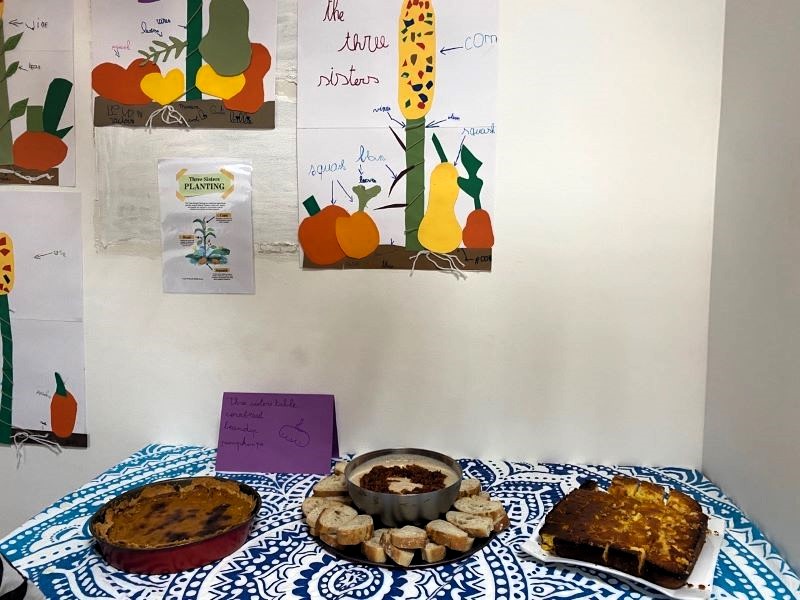
Diwali: the festival of light
Diwali, celebrated by Indian communities, is one of the most colorful times of the year. Students decorate their classrooms with rangolis, light candles and discover the legends associated with the festival. It's an opportunity to talk about light, not only in the physical sense, but also symbolically: the light that illuminates our relationships and brings us together.
A Hindu religious celebration, Diwali ("row of lamps" in Sanskrit) symbolizes the victory of light over darkness, a meaning that regularly takes on special significance for older students, in the light of current events.
At the end of 2020, when the year was still marked by the Covid-19 pandemic and a long period of confinement, Marie Robert explained the symbolism behind the holiday:
"At a time when the world seems to be at a standstill, when order is disrupted and the future uncertain, moments like this remind us that we must never lose hope and continue despite everything to build tomorrow, especially by offering our children the chance to live in a better world!"
During this celebration, children listen to the story of Diwali and prepare their own decorations such as lanterns, garlands and rangolis. Older children can try their hand at theater by preparing a performance of the story based on the book Let's Celebrate 5 days of Diwali, to explain to younger children King Rama's victory over the demon-king Ravana, who frightened the population.
By discovering this Indian tradition, the students of our schools come together to learn new words in English, understand the notions of good and evil, the importance of perseverance, the need to fight for one's ideas, all while living a festive moment in the sacred place that their school embodies.
The day often concludes with a choreography, where all the children come together to share a dance with the adults of the school, the tasting of traditional pastries and the exchange of small gifts (because yes, Diwali is a bit like Christmas)!
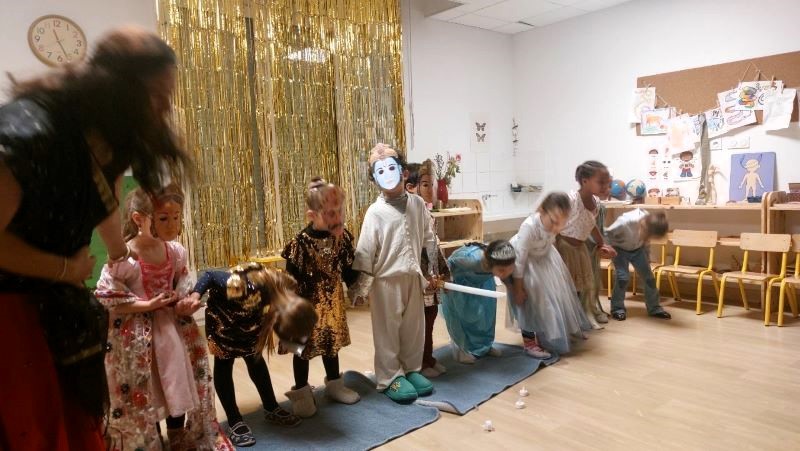
Saint Lucia: a Swedish tradition
In December, our schools plunge into Nordic magic. Wreaths of candles, traditional songs and saffron buns and cakes invite children to travel to Scandinavia to celebrate Saint Lucia on December 13 (a holiday that also plays an important role in Italy!). Here too, the celebrations are an opportunity to learn new words in another language, and to understand that the same time of year can be experienced differently in different cultures. As tradition dictates, the children, dressed in white, parade with small candles. They sing along and share traditional cakes.
Other landmark celebrations
Throughout the year, this multicultural calendar is rounded out by other festivities: Chinese New Year, Candlemas, Christmas, St. Nicholas' Day, Carnival, Halloween, La galette des rois or special days dedicated to discovering a particular country. And let's not forget Holi, sometimes called the Festival of Colors, a Hindu festival celebrated around the spring equinox. Each event is an opportunity to learn while having fun, and to build shared memories.
3 ways to embrace cultural diversity at home
World festivals don't stop at the school gates! At home too, it's possible to cultivate cultural diversity and create an environment conducive to culture on a daily basis, as a family.
1 - Children's books on crops
You can suggest books that tell stories from other parts of the world: African tales, Nordic legends, Asian stories... These readings open windows onto other universes and nourish the imagination.
You can supplement this with non-fiction books on traditional festivals around the world. Here is a small selection of books in French on the subject.
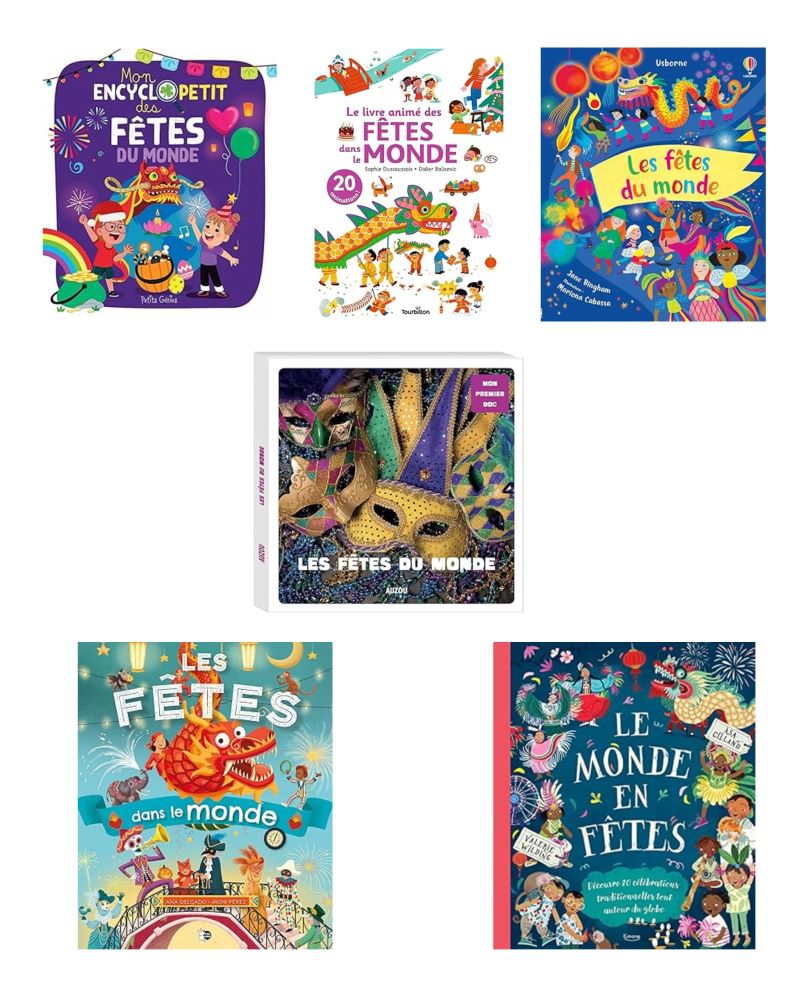
2 - Simple recipes to cook together
Whether you're making pancakes for Chandeleur, samoussas for Diwali or pumpkin pie for Thanksgiving, cooking becomes a sensory and cultural adventure. Cooking is such a rich learning activity: vocabulary, measurement, fine motor skills and, of course, the development of the olfactory, gustatory, tactile and visual senses. What's more, it's an excellent way to share a convivial moment with the family.
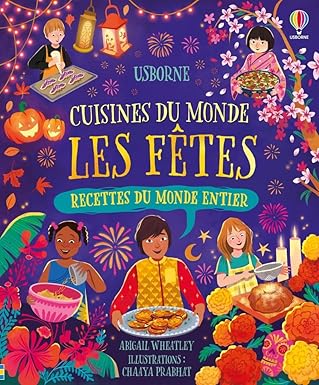
3 - Traditional crafts and activities
Whether you're creating lanterns for Chinese New Year, drawing mandalas or making Thanksgiving decorations, the difficulty of these workshops can be adapted to the child's age. In the end, you'll have beautiful creations that your child will be proud of. What's more, you can combine these activities with a few vocabulary words in the local language (hello, gracias, namaste...) to combine culture and language.
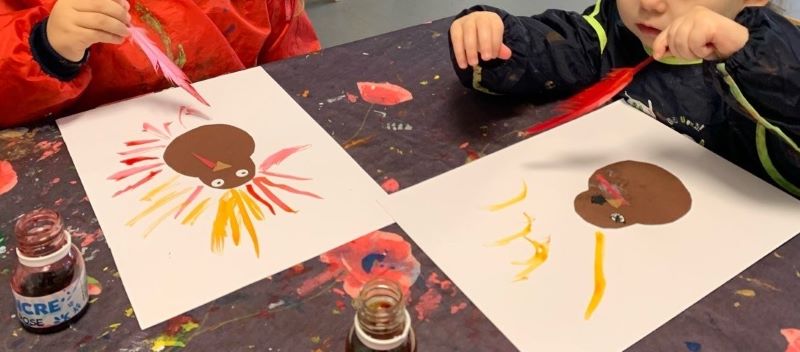
Making cultural diversity an everyday asset
Opening children up to cultural diversity isn't just about teaching them facts about the world, it's about enabling them to experience it. By integrating international celebrations into their daily lives, we offer them benchmarks, concrete experiences and keys to understanding others.
At Esclaibes International Schools, this openness is one of the pillars of our pedagogy. Bilingualism, cultural celebrations, joint projects... everything is designed to ensure that every student grows up in a rich, tolerant and curious environment.
Because a child open to the world today will become an adult capable of transforming it tomorrow.

5
Campus
+20
Nationalities
2
Teachers per class of 18 pupils
+300
Families place their trust in us

Want to give it a try?
Would you like to offer your child the opportunity to develop in one of our international schools? It's possible to book a tour of our facilities.
.svg)
OUR BLOG
You may also like

3-6 years
6-12 years

8 minutes
November 10, 2025
Individualized support at school: foundations and practices
In our schools, we draw on research in the cognitive sciences to offer learning adapted to each student.

3-6 years
6-12 years
Montessori

4 minutes
September 9, 2025
Montessori: 6 preconceived ideas to deconstruct
Untangle the truth from the false and understand Esclaibes Schools' pedagogical vision.

0-3 years
3-6 years

12 minutes
September 5, 2025
Helping children sleep
From trust to good rituals, advice from two sleep consultants

.svg)


.jpg)
.svg)
.svg)
.svg)
.svg)
